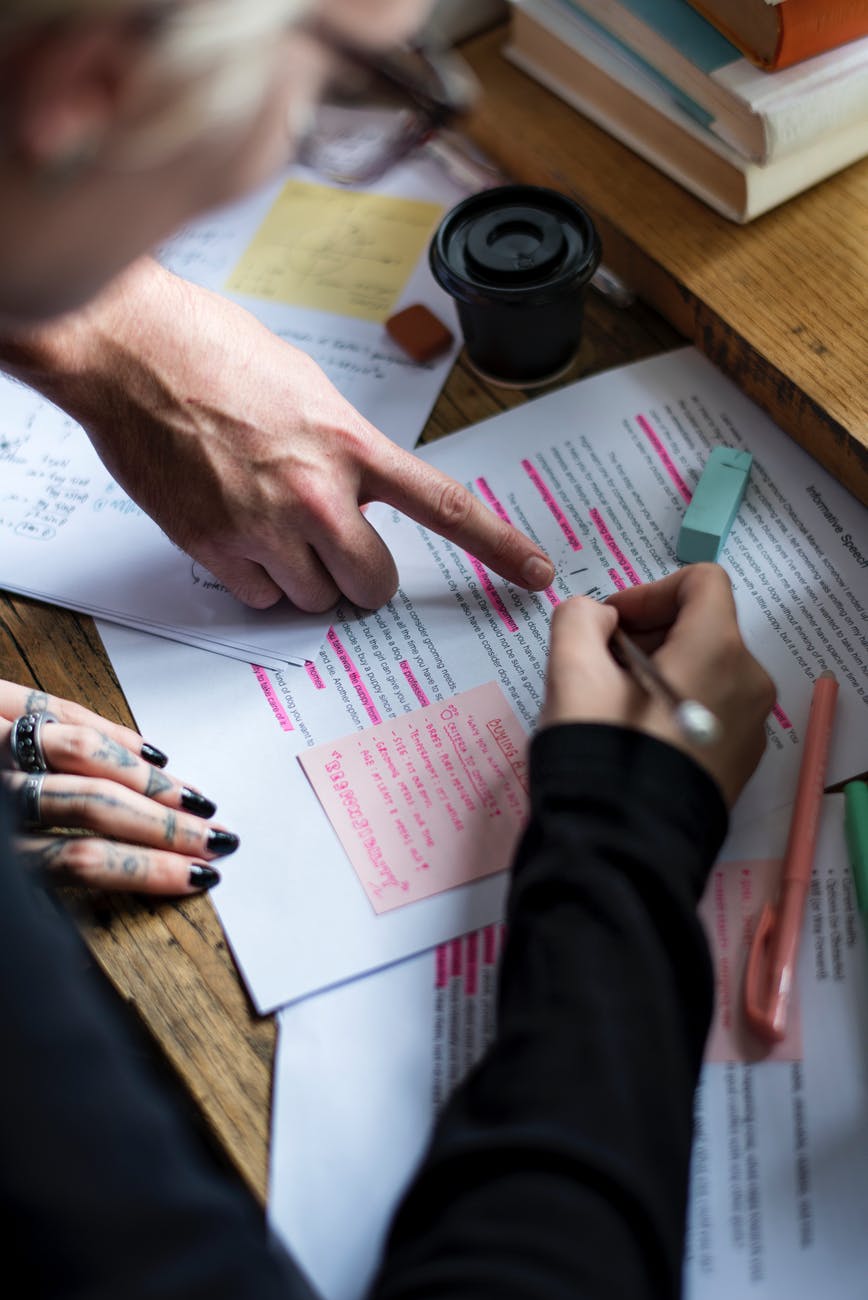
Earlier in the semester, we shared a few resources to support the ways in which faculty teach reading in (writing-intensive) courses. While literacy scholars and reading teachers suggest a variety of useful strategies to help students engage with their reading more deeply, one of the most commonly offered recommendations urges faculty to talk and model productive reading practices. That is why today we are sharing an article that does just that: interviews scientists about their reading practices.
The interviews were conducted by Science and ask a number of current academics about their basic reading process, their problem-solving strategies, and their general tips for novice readers. Below, we excerpt a few of the responses. The full article is published online by Science.
Basic Reading Process: A number of respondents advised that they skim articles initially to decide whether the article will support their interests and intentions for reading. The purpose of skimming is often to glean the main points and decide whether the article is worth reading in depth.
“If I’m aiming to just get the main points, I’ll read the abstract, hop to the figures, and scan the discussion for important points. I think the figures are the most important part of the paper, because the abstract and body of the paper can be manipulated and shaped to tell a compelling story. Then anything I’m unclear about, I head to the methodology.” Jeremy C. Borniger, doctoral candidate in neuroscience at Ohio State University, Columbus
“If you want to make it a productive exercise, you need to have a clear idea of which kind of information you need to get in the first place, and then focus on that aspect.” Cecilia Tubiana, scientist at the Max Planck Institute for Solar System Research in Göttingen, Germany
Problem-Solving Strategies: An important perspective that faculty can (and perhaps should) share with students, and one implied in the following series of responses, is that reading can be difficult, even for seasoned academics. Faculty should help students and novice readers develop strategies to handle this difficulty.
“In some cases, I am able to directly extract the information I need from the results or figures and tables. In other cases, I use Google searches to define terms and concepts in the paper or read the cited references to better understand the points being made.” Charles W. Fox, professor in the Department of Entomology at the University of Kentucky in Lexington
“I especially get overwhelmed if it’s not in my subfield, if it’s long, and if it’s full of technical jargon. When this happens, I break it down into chunks and will read it over the course of a few days, if possible. For really difficult papers, it also helps to sit down and work through it with a colleague.” Jesse Shanahan, master’s candidate in astronomy at Wesleyan University in Middletown, Connecticut
General Tips: When asked if they had general tips for students and novice readers, the respondents offered a number of great responses. Many of them suggested to exercise patience but also to look for resources outside of the article that might assist in understanding what the article is attempting to convey.
“When reading papers, it helps me to have a writing task so that I am being an active reader instead of letting my eyes glaze over mountains of text only to forget everything I just read. So for example, when I read for background information, I will save informative sentences from each article about a specific topic in a Word document. I’ll write comments along the way about new ideas I got or questions I need to explore further. Then, in the future, I’ll only need to read this document instead of re-reading all the individual papers.” Lina A. Colucci, doctoral candidate at the Harvard-MIT Health Sciences and Technology program
“Be patient. Don’t be afraid or ashamed to use Wikipedia or other, more lay-audience sources like blog posts to get a feel for your topic. Ask many, many questions. If you can’t get a clear understanding of the paper, talk with people in your circle.” Kevin Boehnke, doctoral candidate in environmental health sciences at the University of Michigan, Ann Arbor
“If at all possible, read often. Try to keep a bibliography file with a summary of the article, any important points, even a figure or two, along with citation information. Pay attention to different ways of structuring an article, and pay attention to different styles of writing. This will help you develop a style that is effective and also unique.” Jesse Shanahan, master’s candidate in astronomy at Wesleyan University in Middletown, Connecticut
If you are interested in reading more of the responses or sharing them with your students, the full article is available here.
If you would like additional resources or to talk about how to support reading in your writing course, please email us at wac@gmu.edu. We always love to hear from our colleagues.
